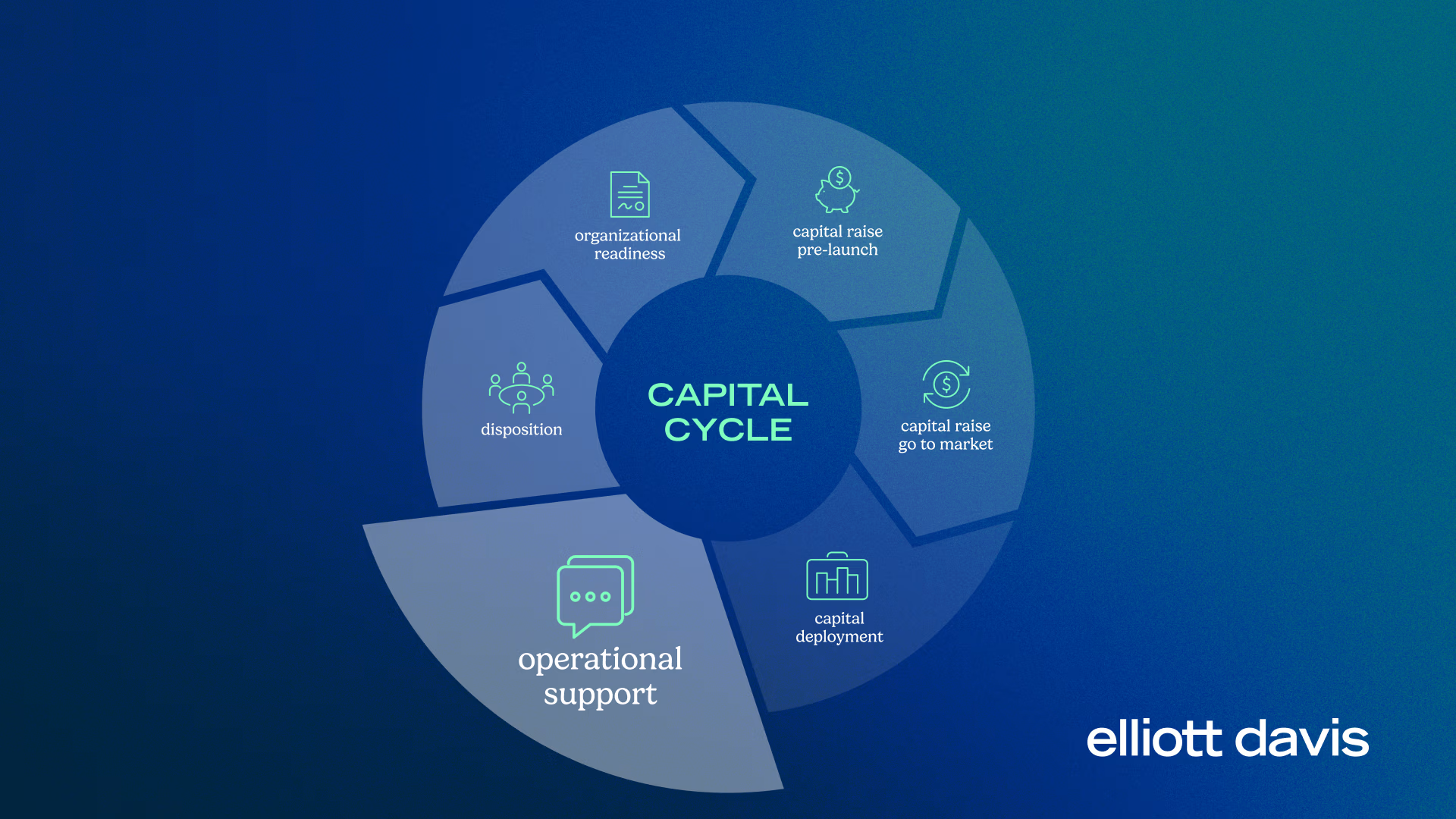search for solutions by category, industries, insights, and people.



In real estate, every acquisition, tax strategy, and compliance decision carries significant financial implications. Beneath the surface of successful investments lies a disciplined framework of operational oversight, periodic testing, and forward-looking risk management that protects returns and investor interests.
Regulatory requirements for specialized trusts and funds are complex and unforgiving. Missing a quarterly test or misclassifying an acquisition can trigger penalties or disqualification from specialized status, jeopardizing tax advantages and investor relationships. Consistent testing and accurate classification practices form the backbone of sustainable growth in a competitive market.
REITs democratize real estate investing by allowing individuals to buy shares in income-producing properties without direct ownership. They offer significant tax advantages, including the ability to deduct dividends paid, often resulting in zero corporate tax liability. However, these benefits hinge on strict compliance with organizational, operational, income, asset, and distribution requirements outlined in IRC §§856–860.
Annual and Quarterly Testing
The Stakes
Failure to qualify as a REIT triggers a five-year reclassification as a corporation, subjecting income to the 21% corporate tax rate and potential double taxation on dividends. The difference between 0% and 21% tax is a compelling reason to prioritize compliance.
Opportunity Zones were designed to spur economic growth in distressed areas through tax incentives. Investors can defer capital gains by rolling them into a QOF, postponing recognition until December 31, 2026 (under the current Opportunity Zone timeline), and potentially excluding future gains from newly developed property. However, these benefits require airtight compliance.
Key Requirements
Failure to meet these requirements results in penalties, and repeated noncompliance may lead to disqualification.
Capital improvements can dramatically impact taxable income through depreciation. Monitoring fixed assets monthly, or at least quarterly, supports accurate reporting and strategic tax planning. Immediate expensing under bonus depreciation rules can create substantial deductions in the year improvements are placed in service.
Example:
A $500,000 parking lot upgrade qualifies for 100% bonus depreciation if the asset was acquired and placed in service after January 19, 2025. This means the entire $500,000 cost can be deducted in the year of completion. For a partnership, this deduction flows through to partners, reducing taxable income and potentially lowering estimated tax payments.
Failure to capture the improvement promptly could lead to incorrect quarterly estimates and missed deductions.
Quarterly reviews and estimated tax payments help businesses manage cash flow and avoid penalties for underpayment, especially as new assets are acquired or sold. To keep projections accurate, incorporate deductions from capital improvements, bonus depreciation, and significant income changes into your estimates.
The IRS requires estimated payments quarterly, when applicable, based on either:
Planning ahead matters. Knowing your April obligation months in advance allows for smarter short-term capital deployment without jeopardizing compliance.
Periodic testing prepares businesses for audit. Interim reviews of property acquisitions and consolidation processes streamline year-end audits and reduce risk.
Determining whether real estate acquisitions qualify as a business combination or an asset acquisition is the first consideration under U.S. Generally Accepted Accounting Principles (GAAP). The resulting differences in treatment can significantly impact purchase price allocations (PPA) and financial reporting. A well-structured PPA supports audit readiness, tax efficiency, and valuation credibility.
Perform ASC 805 calculations promptly, using a valuation specialist or appraisal to allocate the purchase price across identifiable assets and liabilities at fair value. Timely access to closing documents enables accurate assessments and smooth audit execution.
See our related article for a detailed explanation of PPA.
For multi-entity audits, consolidation analysis determines which entities should be included in consolidated financial statements under ASC 810 (U.S. GAAP) and, when applicable, Variable Interest Entity (VIE) rules. This process helps maintain accurate reporting, reflects the true economic relationships between entities, and supports lender and investor requirements.
Incorrect consolidation can lead to misstatements, regulatory issues, and reputational risk. Investors and stakeholders rely on consolidated statements for a clear view of financial health.
Key Considerations
Testing and monitoring business operations should be an ongoing, year-round effort to detect compliance issues and signal when policies and procedures need adjustment.
At Elliott Davis, we specialize in helping real estate firms maintain compliance and avoid year-end surprises through regular testing and oversight.
As your firm grows and prepares for acquisitions or new markets, our real estate team can:
Contact us today to stay compliant and audit-ready.
The information provided in this communication is of a general nature and should not be considered professional advice. You should not act upon the information provided without obtaining specific professional advice. The information above is subject to change.